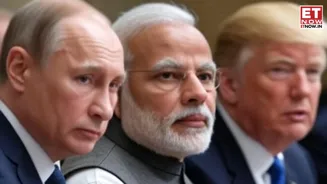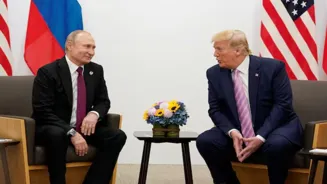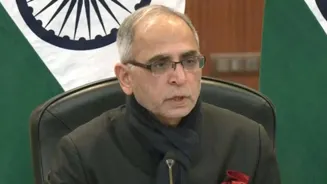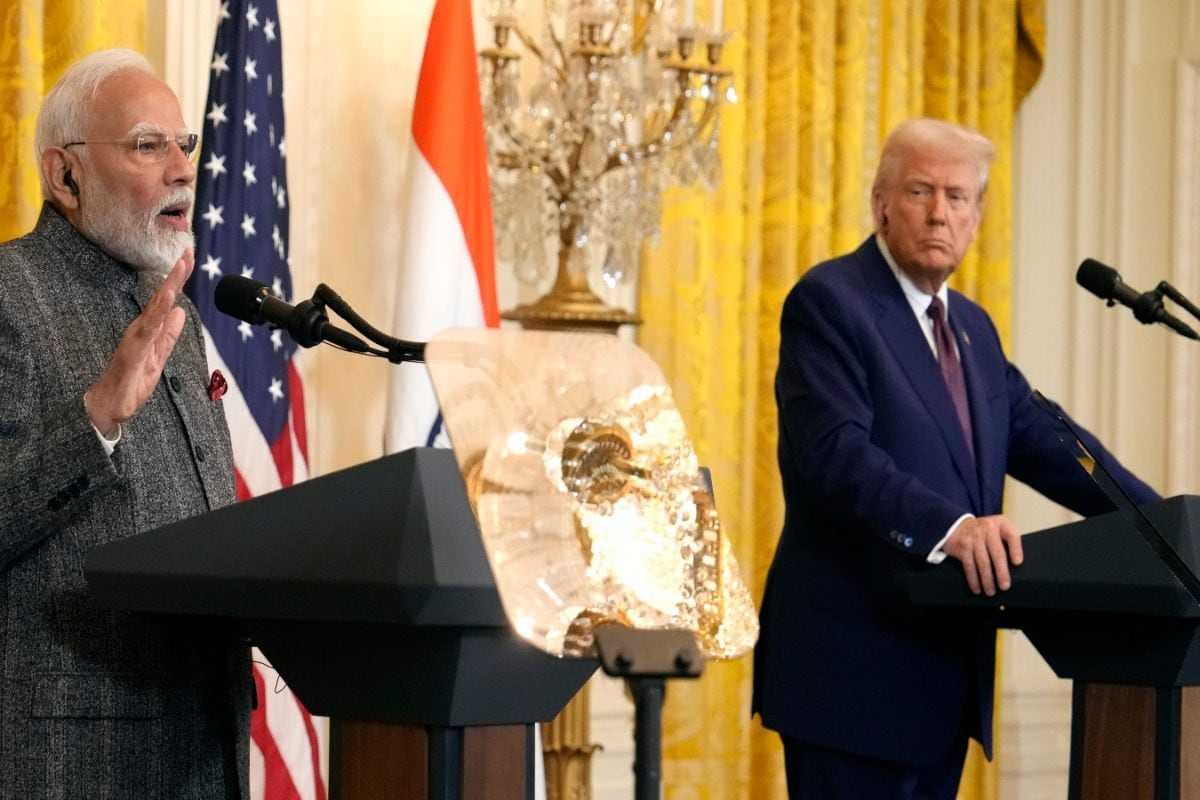Despite a long-standing strategic partnership with Russia—and in the face of the United States imposing 50% tariffs on Indian goods—New Delhi is gradually
moving away from heavy reliance on Russian military supplies. This shift is driven largely by delays in deliveries and the ongoing conflict between the US and Russia, which has disrupted supply chains and procurement schedules.
A notable example is the delay in the delivery of the S-400 air defence systems, which were used during Operation Sindoor. In 2018, India signed a $5.43 billion deal for five S-400 squadrons. Three have been delivered, and the remaining two are expected soon. As of now, the only pending Russian deliveries are two warships and anti-missile shield batteries, all ordered before the Ukraine conflict began.
Declining Russian Share in India’s Defence Imports
In 2009, 76% of India’s defence imports came from Russia. By 2024, that figure had dropped to 36%. This steep decline reflects India’s growing procurement from Western suppliers, including the US and France. Performance concerns have also played a role. Russian military equipment, particularly in the Ukraine conflict, has not demonstrated the expected level of effectiveness. Much of its electronic technology relies on Chinese components, as Beijing remains a close strategic ally of Moscow.
While Russian systems remain cheaper, they typically require more frequent maintenance. In contrast, Western platforms—though costlier—are considered more reliable.
Expanding Ties with the US and France
India’s defence cooperation with the US has grown significantly in recent years. Hindustan Aeronautics Limited (HAL) and American partners are jointly developing a jet engine for India’s future fighter projects.
Over the past decade, India has expanded its inventory of US-origin platforms, including:
- Strategic airlift and surveillance assets: C-130J Super Hercules, C-17 Globemaster III, P-8I Poseidon
- Helicopters: CH-47F Chinook, MH-60R Seahawk
- Attack platforms: AH-64E Apache, Harpoon anti-ship missiles
- Artillery and drones: M777 howitzer, MQ-9B long-endurance drones
India has also retained its Strategic Trade Authorisation-1 (STA-1) status, reaffirming its position as a trusted partner in sensitive technology transfers. As negotiations for a bilateral trade agreement progress, both nations are expected to review arms transfer regulations to streamline procurement and technology exchange.
Balancing Policy and Strategic Dependencies
Despite diversifying, Russia remains India’s largest supplier in terms of spare parts and ammunition. Moreover, India’s naval nuclear capabilities continue to rely heavily on Moscow, as Russia is the only country currently supplying nuclear submarines to India.
New Delhi’s “balancing policy” involves purchasing discounted oil from Russia while sourcing dependable, high-tech weapon systems from the US and other Western nations.
The Case for Indigenous Production
The current geopolitical landscape underscores the importance of self-reliance in defence production. Overdependence on any single foreign supplier poses strategic and operational risks.
If Operation Sindoor allows India to showcase its capabilities as a defence exporter—through systems like the BrahMos and Akash-Teer missile platforms—then investing in indigenous production could not only reduce dependency but also boost the national economy through defence exports.
For India, the path forward lies in building a robust domestic defence manufacturing ecosystem—one that ensures readiness, resilience, and strategic autonomy in an increasingly unpredictable world.

















